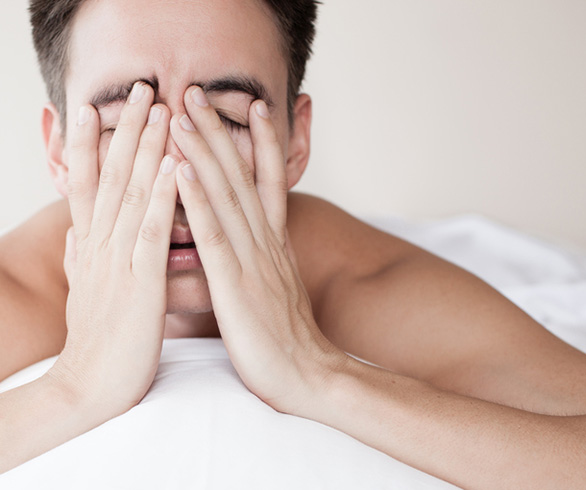One in every five Canadian adults suffers from sleep apnea, a disorder defined by long pauses between breaths during sleep. However, many patients cannot tolerate the most effective therapy on the market, which is known as continuous positive airway pressure, or CPAP. Luckily for them, a new pacemaker therapy may be an alternative.
There are two types of sleep apnea: obstructive sleep apnea and central apnea. The former occurs when there is repetitive collapse of airway at the back of the throat, while the latter—which is less common—happens when nerve signals from the brain are absent for prolonged periods of time, causing a stoppage of breathing.
CPAP works for obstructive airway apnea, delivering a constant flow of air through tubing and a mask attached to the mouth. This keeps the airway open, allowing the patient to breathe.
However, a recent study showed that by pacing the hypoglossal nerve in the neck during sleep, people with moderate to severe obstructive sleep apnea were able to breathe easier. Twelve months after pacemaker insertion, the average number of obstructed breathing events decreased by approximately 50 per cent with few side effects. In addition, nighttime oxygen levels improved, as did the patients’ overall quality of life.
Unfortunately, there are some hindrances in making this therapy more widespread. Firstly, each pacemaker costs about $30,000, which makes it unavailable to a large segment of the population. Additionally, there is a lack of data showing this treatment’s effectiveness in patients who are severely obese, which makes up two-thirds of people with obstructive sleep apnea.
Central sleep apnea may also benefit from pacemaker treatment. Central apnea is often observed in patients with heart failure, and is difficult to treat. However, recent studies show that a pacemaker inserted through a central vein can stimulate the phrenic nerve, which controls contraction of the diaphragm.
If your patients suffer from sleep apnea and are unable to use CPAP, discuss this option with them.









